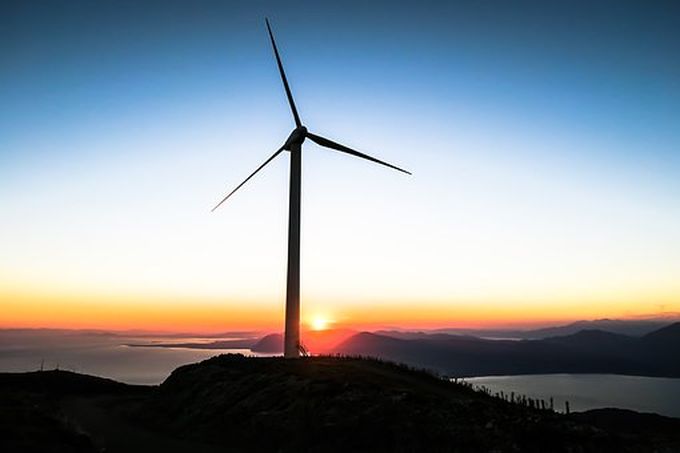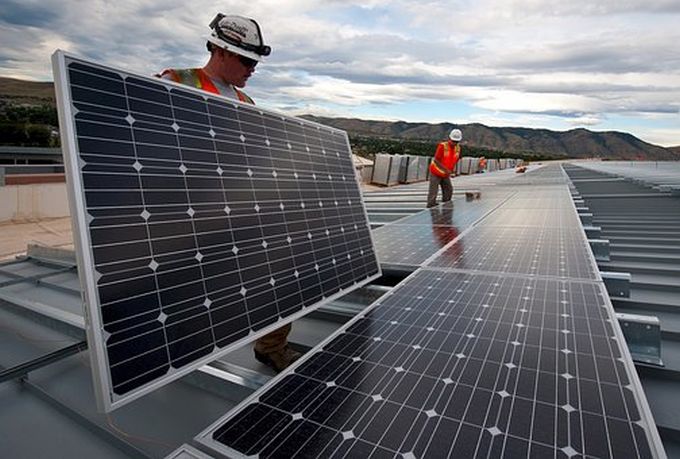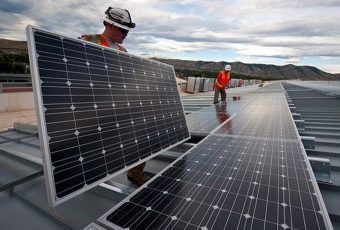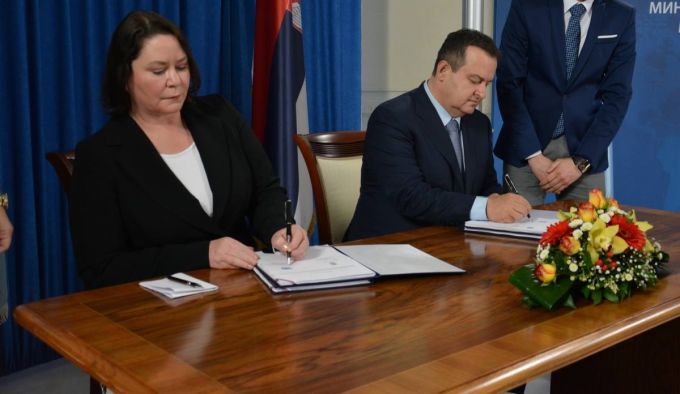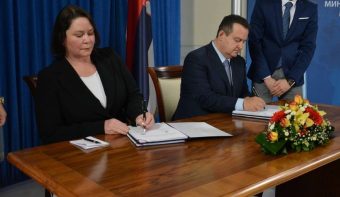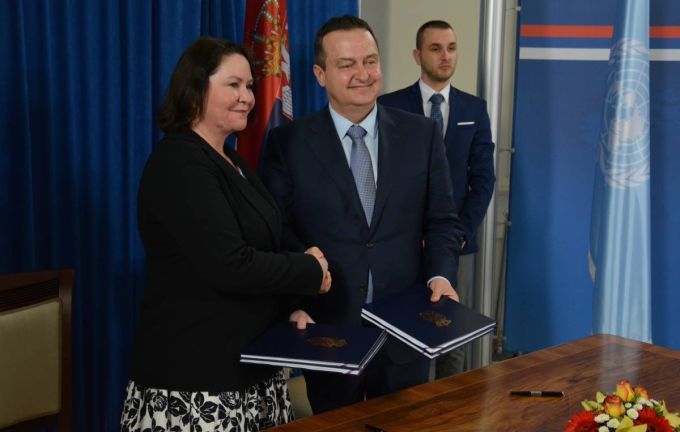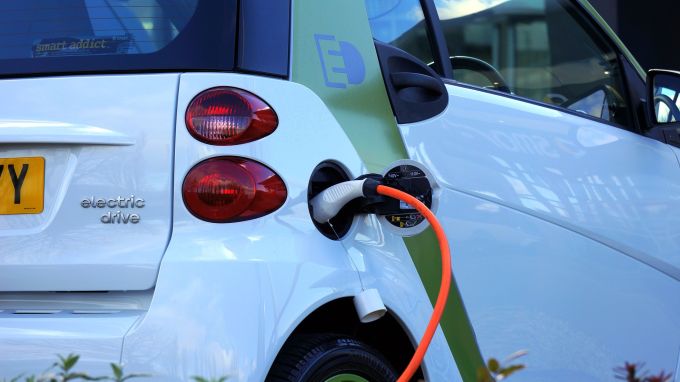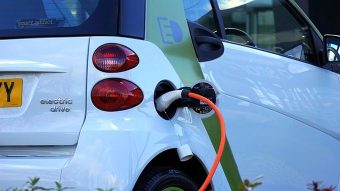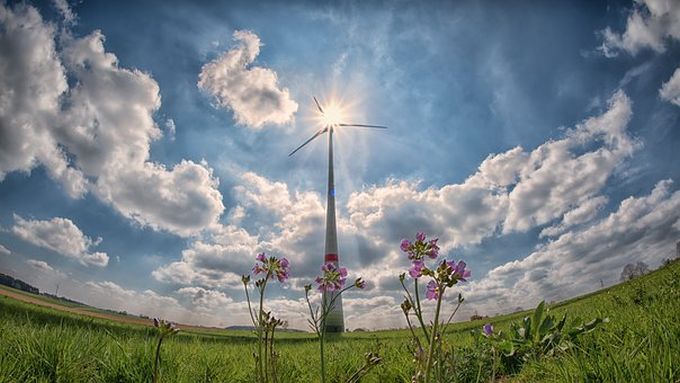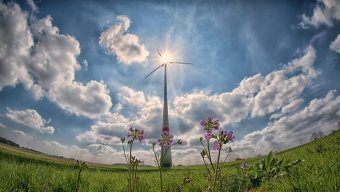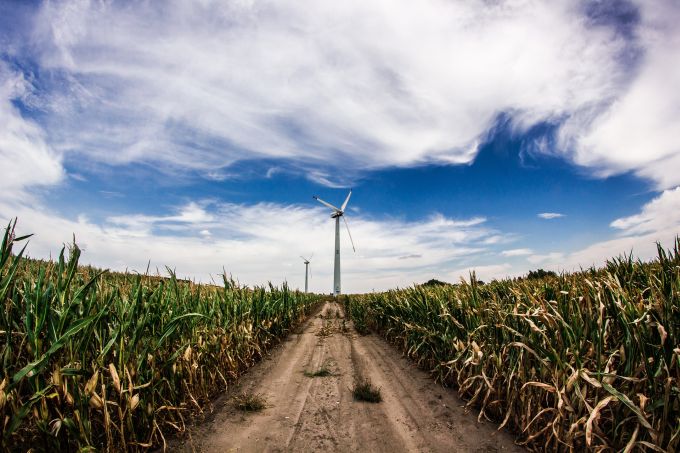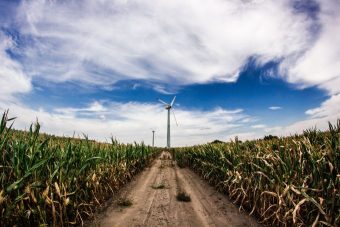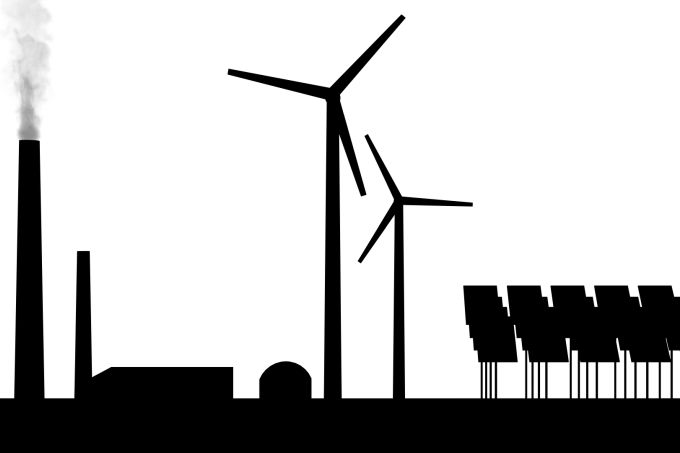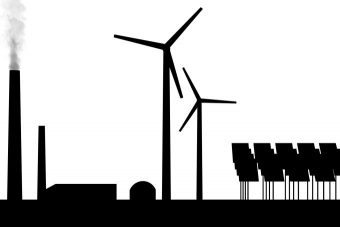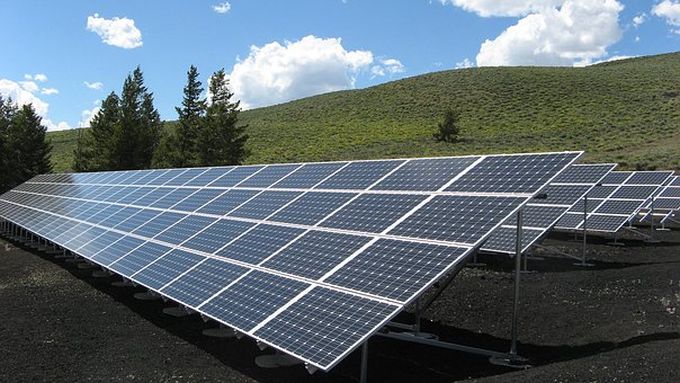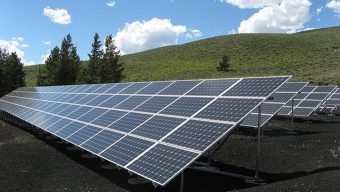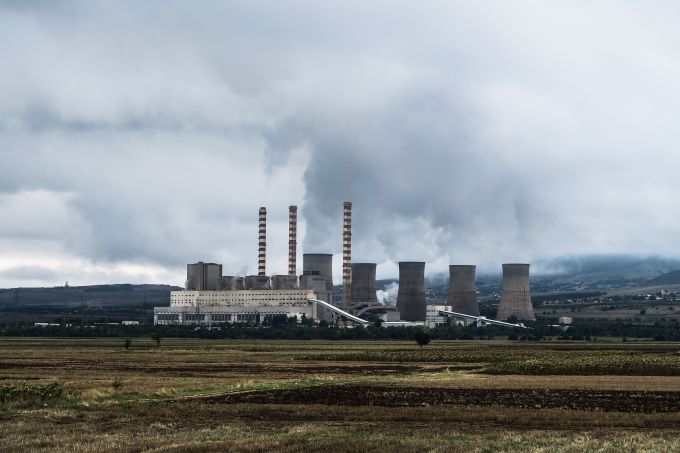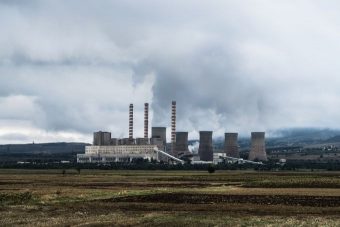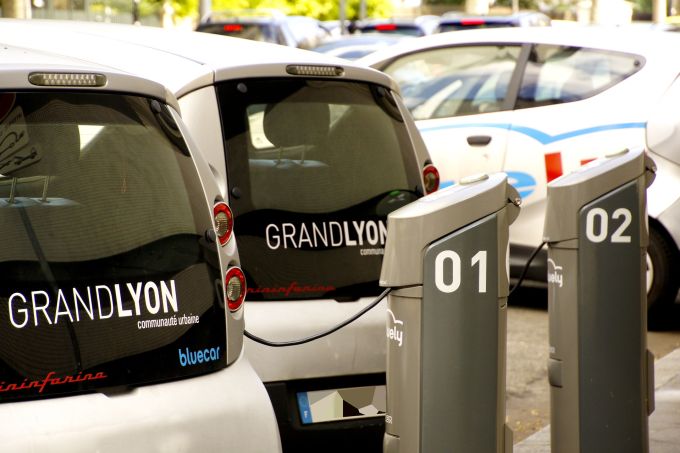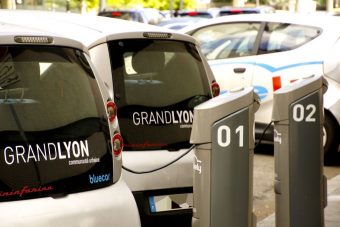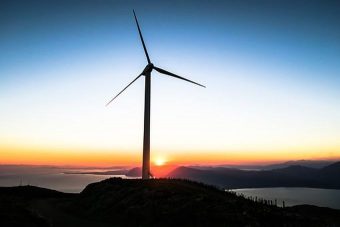
A new report by Australia’s Clean Energy Council has revealed that renewable energy provided a record share of electricity in 2016 thanks in large part to record rainfalls in key hydro catchment areas and the completion of new wind and solar projects.
The Clean Energy Council’s Clean Energy Australia Report 2016 claims that more than 17% of Australia’s electricity was sourced from renewable energy during 2016, a record amount for this century (which also sounds a sneaky way of suggesting that it isn’t the all time record). In total, renewable energy provided 17.3% of Australia’s electricity, which amounts to the equivalent of powering almost 8 million Aussie homes. It also served as a significant increase on 2015’s 14.6%, with hydro generation increasing by 26% year-over-year to account for 42.3% of the total renewable electricity generated. Wind came in second with 30.8% of the total, followed by small-scale solar PV with 16% — larger types of solar accounted for only 2.3%.
In terms of where Australia now sits in comparison to where it wants to be by 2020, it’s mixed news, depending on where you sit. Approximately 17,500 gigawatt-hours (GWh) were generated in 2016, but Australia has set a target of generating 33,000 GWh in 2020, which means the industry is just over halfway towards achieving the large-scale component of the country’s Renewable Energy Target (RET).
This looks like a long way to go, but the Clean Energy Council (CEC) is quick to point out that 2017 is likely to be “the biggest year for the industry since the iconic Snowy Hydro Scheme was finished more than half a century ago.” Ten large wind and solar projects were completed in 2016, and more than 35 projects are under construction this year. In fact, according to the CEC, the first five months of the year have already brought $5.2 billion worth of financing for renewable energy projects.
“Every month brings new project announcements,” crowed Clean Energy Council Chief Executive Kane Thornton. “While total investment in large-scale renewable energy was $2.56 billion last year, $5.20 billion worth of projects have secured finance in just the first five months of 2017 and have either started construction or will begin this year.”
“The installation of rooftop solar systems was steady during 2016, with 135,370 systems installed throughout the year. This has also accelerated in 2017 with the industry posting its largest ever March quarter for rooftop solar, and the biggest of any quarter since August 2012.
“The changes that are happening across the country right now are extraordinary. Renewable energy is now the cheapest kind of new power generation that can be built today – less than both new coal and new gas-fired power plants. The price of gas in particular has skyrocketed,” Thornton added.
Source: cleantechnica.com


